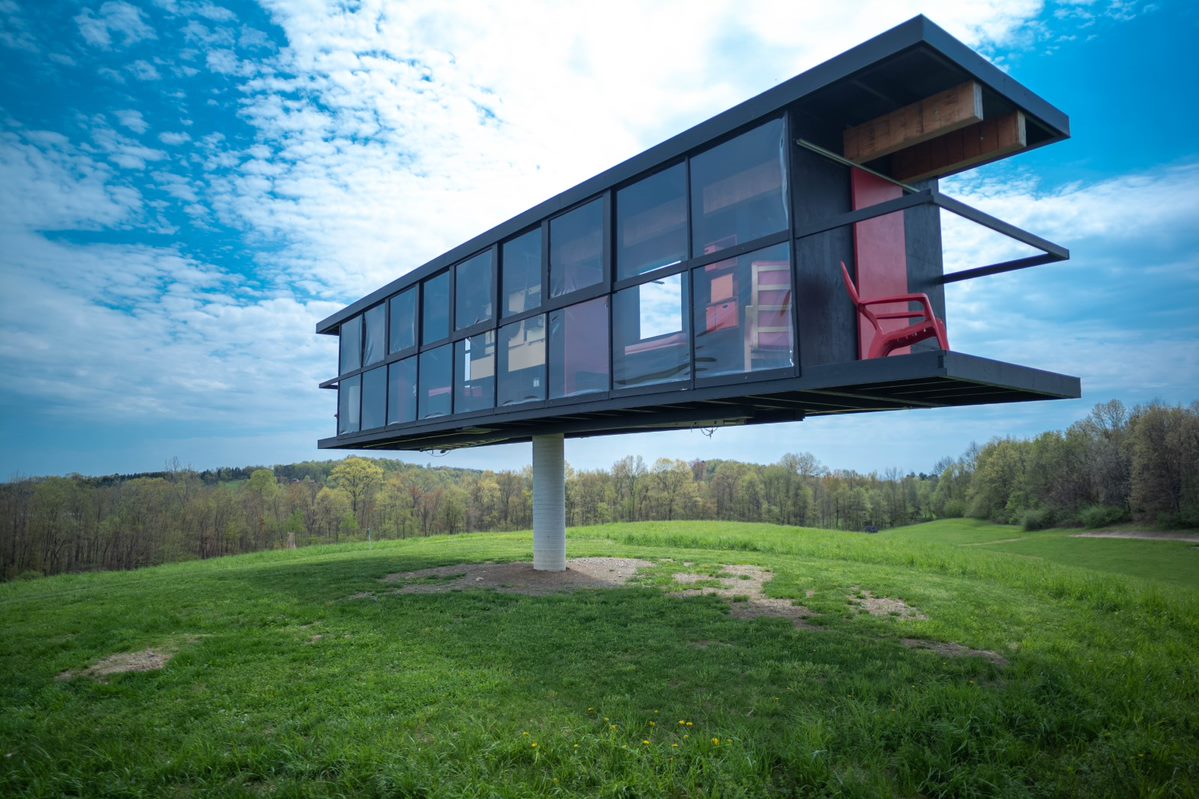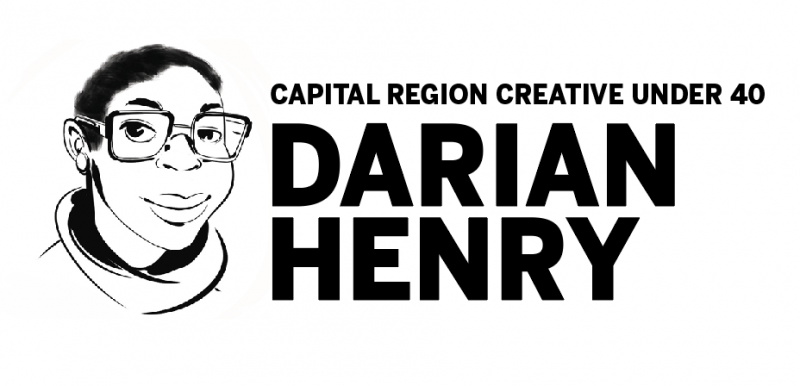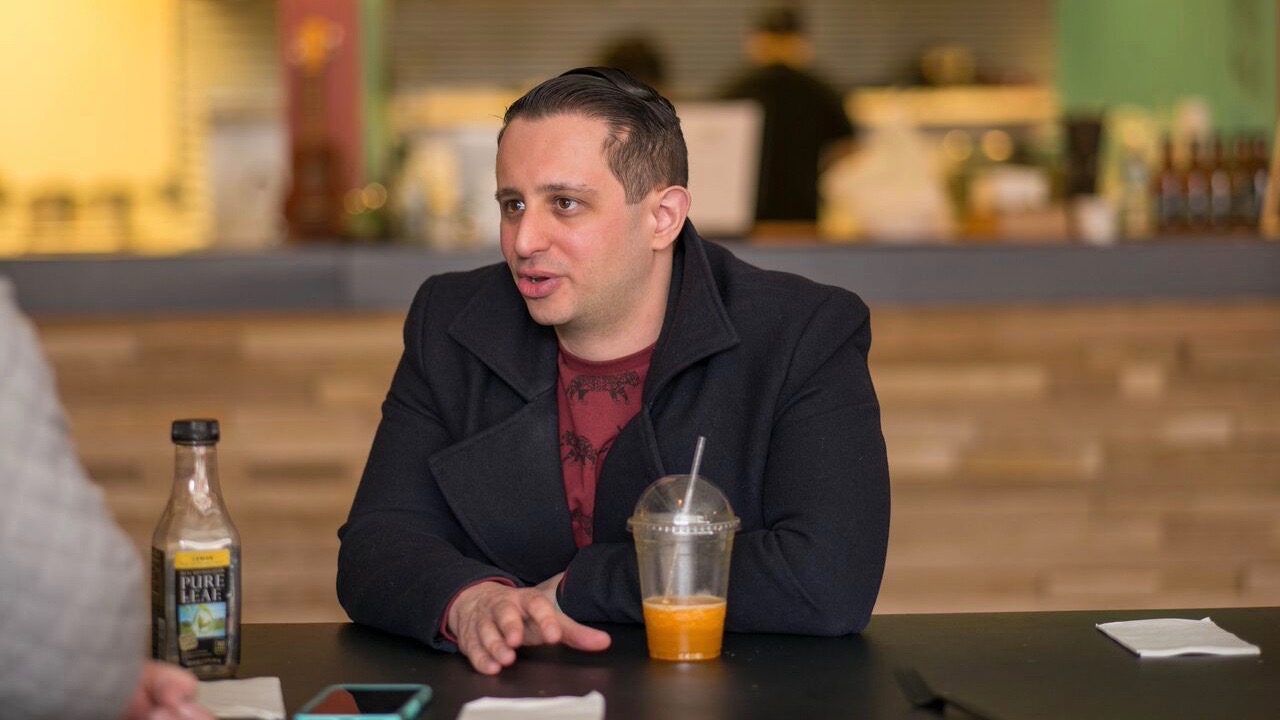The Hyde Collection in Glens Falls has started the new year with a new CEO. Norman Dasher who has a long local history having served as president of St. Mary’s and Samaritan Hospital takes the financial reins of The Hyde during a time of growth and great promise in Glens Falls.
Opened in 1963, The Hyde Collection represents the work and legacy of Charlotte and Louis Hyde. Charlotte, the daughter of Samuel Pruyn a leading local industrialist who owned a Glens Falls based paper manufacturer spent her life collecting works of art—she and her husband maintained an apartment in New York City so that they could frequent prominent galleries, they traveled the world adding to the collection.
Dasher is now tasked with maintaining the collection’s mission of expanding and presenting modern work while promoting the fact that the museum houses creations from some of the most celebrated artists of our age. The Hyde is home to works by Picasso, Degas, Rembrandt, Botticelli and Warhol.
As Glens Falls strives to become a cultural destination, The Hyde will in many ways function as the lynchpin. We spoke to Dasher about how he will steer what some see as a hidden gem to more prominent and celebrated status.
The Collaborative: Glens Falls is really in a unique and exciting period. Do you expect to be able to leverage the astonishing assets here into a significant cultural destination?
Norman Dasher: I’m absolutely convinced there is room to leverage. The Hyde is so unique in that the level of the artwork here is really disportionate to what one might expect in a smaller museum. The Hyde has loaned artwork to museums in 22 different states and eight countries. In the museum world The Hyde is known as a real significant resource. One of my goals is to expand the footprint of The Hyde from a local, somewhat regional to more of a national footprint. There’s a great story to tell here. You come here and there is a Picasso just hanging on the wall in a bedroom. The level of artwork here is quite spectacular and one of the challenges is to get the word out.
CO: Whether it’s Hudson or Saratoga we seem to be seeing a lot more of expats from New York City taking up residence in the area. Do you see a way for Glens Falls and The Hyde to tap into that growth in a population with interest in the arts?
ND: The idea of the arts trail district is that it is a magnet which I think will get attention from outside areas. And that attention will gravitate to town to supplement or complement what is already here. Glens Falls is such a unique city in that it is the smallest city in the US to have a full professional symphony. There is a very strong arts community here and that really helps The Hyde in our mission.
The key components of what attracts and grows a community are here. Education, healthcare—Glens Falls has it covered pretty nicely. There’s such a sense of energy in this town people know that something big is going on here. There’s momentum and not just because there is a big paper mill that continues to be such a significant operation when so many other industries have folded up and left town for Mexico or wherever they go. The coffee shops here are fabulous, the restaurants are fabulous. Will we be a huge destination city? We’re making tracks along the way there. I’ve talked to 30 people from non profits, civic groups over the last three weeks and the energy and desire to collaborate is very gratifying. Some people refer to The Hyde as the cultural anchor of the north. It’s a large responsibility but we have a lot to work with, a lot of high powered stuff to share.
CO: While other museums can seem like they are bunkers dropped onto a town, The Hyde’s presence is pretty organic. What do you see the museum’s role being in terms of serving the community.
ND: Another part of the mission of The Hyde is education. We had over 280 education programs last year. It’s based around an arts class with toddlers. Parents bring toddlers in and look at art, then they go down to an arts room and they have a chance to express themselves and interpret what they saw and the parents are learning at the same time. So our community outreach is enormous. It’s why we had over 20,000 visitors last year. Sometimes museums can be seen as something that is for a certain portion of the population that is interested in that stuff. By reaching out and bringing children in we are really reinforcing a foundation in people that will hopefully lead to more of an interest in the arts. Also, we’ve been here a long time! We were here before most everything else. The story of Charlotte and Louis Hyde is amazing.
CO: You come from a business background. How does that jibe with the museum’s mission to continue to grow its collection and present modern works?
ND: We’re part of a changing trend. Museums used to have a director that took care of business as well as the curatorial side. But at this museum, as in many museums, the collection is so significant that is is a distraction to focus on art and fundraising, regulations snow plowing, lawn mowing and all of that. My background is all in leadership management of not for profits. The Hyde has some strong strategic planning about where we’re going to be in five years. How are we going to make sure this legacy is preserved? So we will go through the plan this year with the board and the staff identifying not only artistic priorities but operational priorities as well. We just need to set ourselves up for the future. What does the museum of the future look like? It is much more interactive. We’ve already taken significant steps in that direction. And we will do more to continue along those lines. But the truth is we are already unique. In most museums you visit you can’t actually go into rooms. I can’t tell you the number of museums I go to where you get to the door and there’s a velvet rope. You can stick your head around the corner. Here, you can stick your face within a foot of a Rembrandt. We’re very interactive here in that you can be in the presence of a room full of astonishing artwork and original furniture. It makes for a very different experience.





